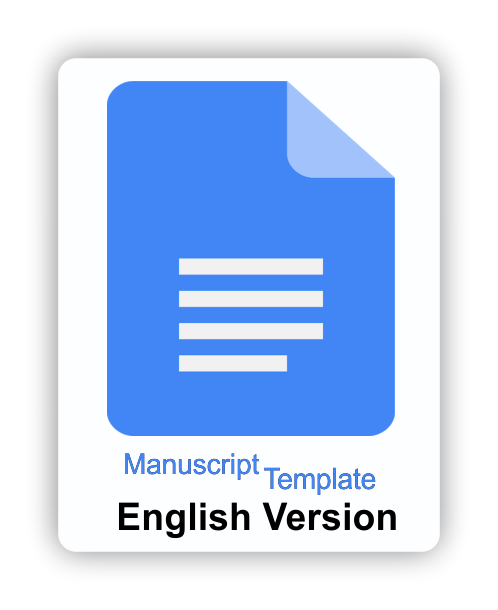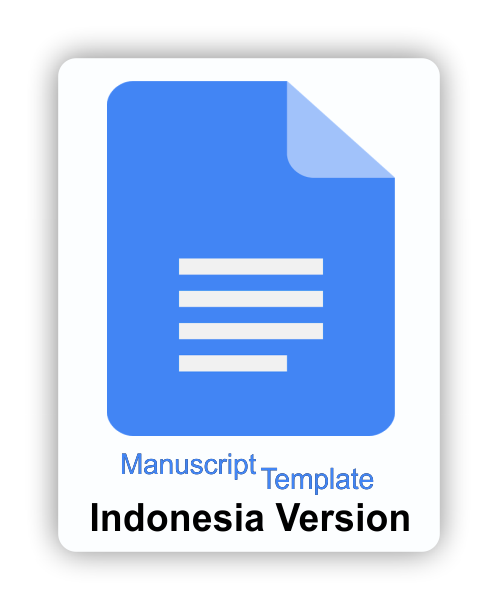Measuring interest and talent in determining learning using the quadrant model in the learning process in a smart classroom
Downloads
Achmad, R. K., & Mulyati, Y. (2023). The perceptions of high school teachers and students towards digital interest and literacy. Jurnal Inovasi Teknologi Pendidikan, 10(3), 283–297. https://doi.org/10.21831/jitp.v10i3.58804
Akbari, O., & Sahibzada, J. (2020). Students' self-confidence and its impacts on their learning process. American International Journal of Social Science Research, 5(1), 1–15. https://doi.org/10.46281/aijssr.v5i1.462
Chen, X., Zou, D., Xie, H., & Wang, F. L. (2021). Past, present, and future of smart learning: A topic-based bibliometric analysis. International Journal of Educational Technology in Higher Education, 18(2), 1–29. https://doi.org/10.1186/s41239-020-00239-6
Désiron, J. C., Schmitz, M.-L., & Petko, D. (2024). Teachers as creators of digital multimedia learning materials: Are they aligned with multimedia learning principles. Technology, Knowledge, and Learning, 29(4), 1–17. https://doi.org/10.1007/s10758-024-09770-1
DurmuÅŸí§elebi, M. (2018). Examination of students' academic motivation, research concerns and research competency levels during the education period. Universal Journal of Educational Research, 6(10), 2115–2124. https://doi.org/10.13189/ujer.2018.061008
Ekantiningsih, P. D., & Sukirman, D. (2023). Trends of education and training teacher competency in information and communication technology. Jurnal Inovasi Teknologi Pendidikan, 10(1), 87–105. https://doi.org/10.21831/jitp.v10i1.52630
El-Sabagh, H. A. (2021). Adaptive e-learning environment based on learning styles and its impact on development students' engagement. International Journal of Educational Technology in Higher Education, 18(53), 1–24. https://doi.org/10.1186/s41239-021-00289-4
Gao, X., Li, P., Shen, J., & Sun, H. (2020). Reviewing assessment of student learning in interdisciplinary STEM education. International Journal of STEM Education, 7(24), 1–14. https://doi.org/10.1186/s40594-020-00225-4
Georgiou, Y., & Kyza, E. A. (2018). Relations between student motivation, immersion and learning outcomes in location-based augmented reality settings. Computers in Human Behavior, 89, 173–181. https://doi.org/10.1016/j.chb.2018.08.011
Harefa, D., Sarumaha, M., Telaumbanua, K., Telaumbanua, T., Laia, B., & Hulu, F. (2023). Relationship student learning interest to the learning outcomes of natural sciences. International Journal of Educational Research & Amp, 4(2), 240–246. https://doi.org/10.51601/ijersc.v4i2.614
Hell, M., Knežević, A., & Babić, Z. (2021). Multicriteria analysis of the quality of teaching process in higher education: How to evaluate implementation of critical thinking. Croatian Operational Research Review, 12(1), 15–26. https://doi.org/10.17535/crorr.2021.0002
Hsu, C. L. (2022). Applying cognitive evaluation theory to analyze the impact of gamification mechanics on user engagement in resource recycling. Information & Management, 59(2), 1–11. https://doi.org/10.1016/J.IM.2022.103602
Jiao, Y. P., Liu, P., & Qi, P. Q. (2022). Quality evaluation method for settlement data matching based on grey correlation analysis. Journal of Physics, 2181, 1–7. https://doi.org/10.1088/1742-6596/2181/1/012034
Li, M. (2024). Integrating models in education: Evaluating strategies and enhancing student learning through advanced analytical methods. Lecture Notes in Education Psychology and Public Media, 51(1), 29–35. https://doi.org/10.54254/2753-7048/51/20240560
Lo, C. K., & Hew, K. F. (2020). A comparison of flipped learning with gamification, traditional learning, and online independent study: The effects on students' mathematics achievement and cognitive engagement. Interactive Learning Environments, 28(4), 464–481. https://doi.org/10.1080/10494820.2018.1541910
Mahler, D., GroíŸschedl, J., & Harms, U. (2018). Does motivation matter? The relationship between teachers' self-efficacy and enthusiasm and students' performance. PloS One, 13(11), 145–156. https://doi.org/10.1371/journal.pone.0207252
Murillo-Zamorano, L. R., López Sánchez, J. í., Godoy-Caballero, A. L., & Bueno Muñoz, C. (2021). Gamification and active learning in higher education: Is it possible to match digital society, academia and students' interests? International Journal of Educational Technology in Higher Education, 18(15), 1–27. https://doi.org/10.1186/s41239-021-00249-y
Nguyen, V. A. (2022). A model to detect student's learning styles in the blended learning course. ICFET '22: Proceedings of the 8th International Conference on Frontiers of Educational Technologies, 46–51. https://doi.org/10.1145/3545862.3545870
Oubibi, M., Zhao, W., Wang, Y., Zhou, Y., Jiang, Q., Li, Y., Xu, X., & Qiao, L. (2022). Advances in research on technological, pedagogical, didactical, and social competencies of preservice TCFL teachers. Sustainability, 14(4), 1–20. https://doi.org/10.3390/su14042045
Putri, N. R. S., & Meilana, S. F. (2023). Effect of experimental learning methods on students' cognitive abilities in science learning. Jurnal Penelitian Pendidikan IPA, 9(9), 7539–7546. https://doi.org/10.29303/jppipa.v9i9.4602
Reis, S. M., Renzulli, S. J., & Renzulli, J. S. (2021). Enrichment and gifted education pedagogy to develop talents, gifts, and creative productivity. Education Sciences, 11(10), 615–625. https://doi.org/10.3390/educsci11100615
Santiko, I., Soeprobowati, T. R., & Surarso, B. (2024). Experiments to review literature on topic trends in technology development in educational information systems. 2023 IEEE 7th International Conference on Information Technology, Information Systems and Electrical Engineering (ICITISEE), 94–99. https://doi.org/10.1109/icitisee58992.2023.10404276
Santiko, I., Soeprobowati, T. R., Surarso, B., & Tahyudin, I. (2025). Traditional-enhance-mobile-ubiquitous-smart: Model innovation in higher education learning style classification using multidimensional and machine learning methods. Journal of Applied Data Sciences, 6(1), 753–772. https://doi.org/10.47738/jads.v6i1.598
Santiko, I., Wijaya, A. B., & Hamdi, A. (2022). Smart campus evaluation monitoring model using rainbow framework evaluation and higher education quality assurance approach. Journal of Information Systems and Informatics, 4(2), 336–348. https://doi.org/10.51519/journalisi.v4i2.258
Shen, C., & Ho, J. (2020). Technology-enhanced learning in higher education: A bibliometric analysis with latent semantic approach. Computers in Human Behavior, 104(6), 106–117. https://doi.org/10.1016/j.chb.2019.106177
Sutarto, S., Sari, D. P., & Fathurrochman, I. (2020). Teacher strategies in online learning to increase students' interest in learning during COVID-19 pandemic. Jurnal Konseling Dan Pendidikan, 8(3), 129–137. https://doi.org/10.29210/147800
Tussa, H., Yana, I. N., Satria, S., Pendit, D., & Kunci, K. (2024). Implementing experimental learning methods on student learning motivation. Journal of Psychology and Instruction, 8(2), 75–82. https://doi.org/10.23887/jpai.v8i2.79404
YeÅŸilyurt, E., UlaÅŸ, A. H., & Akan, D. (2016). Teacher self-efficacy, academic self-efficacy, and computer self-efficacy as predictors of attitude toward applying computer-supported education. Computers in Human Behavior, 64(11), 591–601. https://doi.org/10.1016/j.chb.2016.07.038
Yu, R., & Singh, K. (2018). Teacher support, instructional practices, student motivation, and mathematics achievement in high school. The Journal of Educational Research, 111(1), 81–94. https://doi.org/10.1080/00220671.2016.1204260
The journal allows the author(s) to hold the copyright without restrictions. Finally, the journal allows the author(s) to retain publishing rights without restrictions
 | Jurnal Inovasi Teknologi Pendidikan by http://journal.uny.ac.id/index.php/jitp is licensed under a Creative Commons Attribution-ShareAlike 4.0 International License. |























